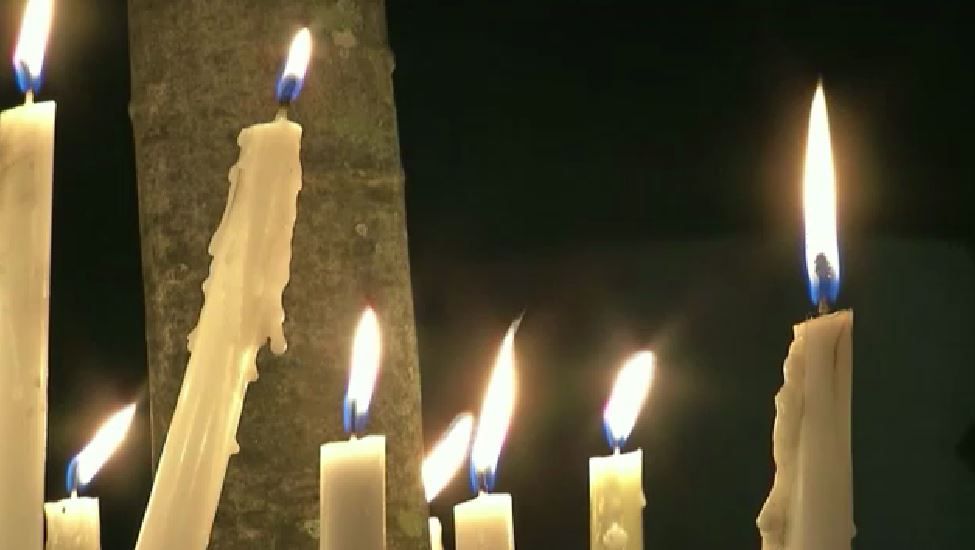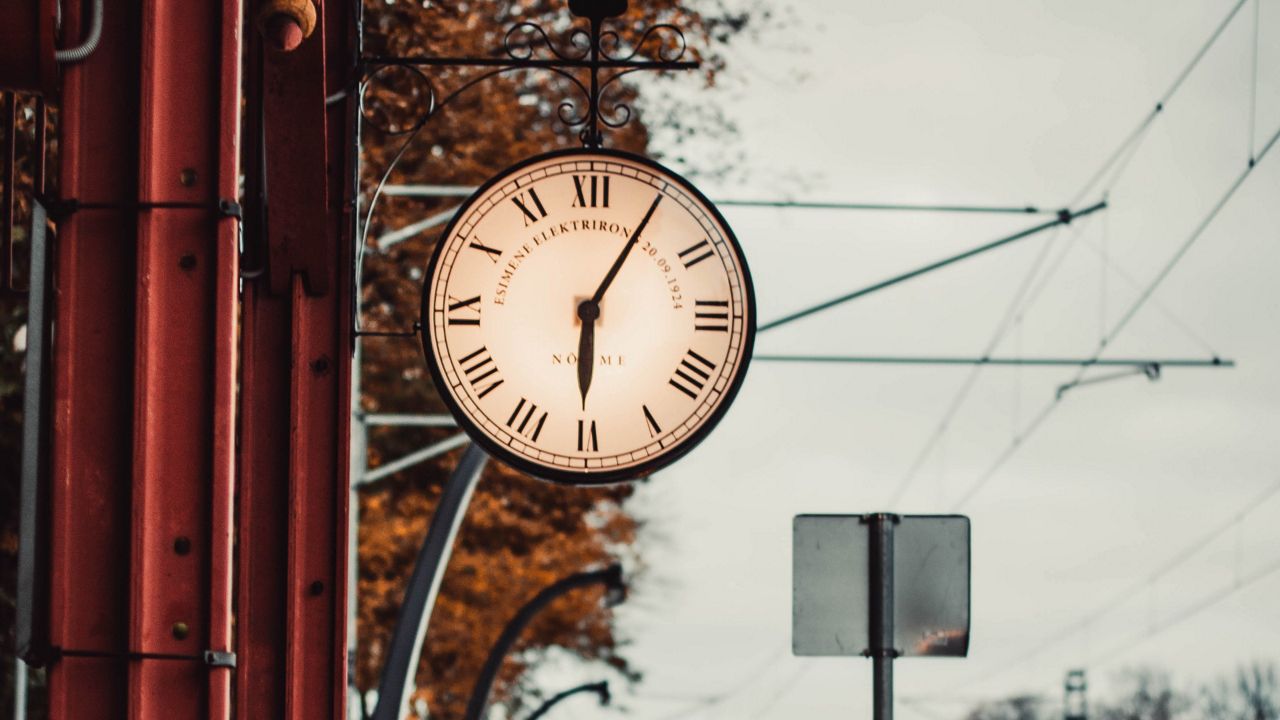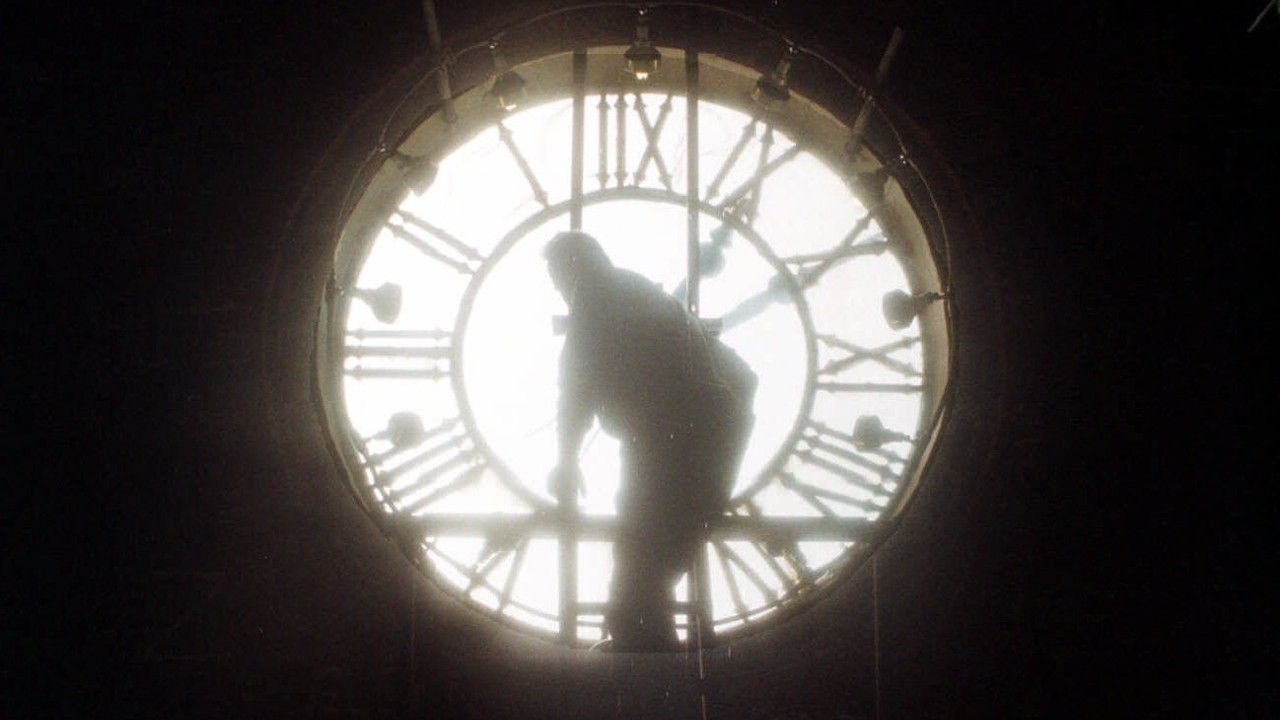Twice a year, most of the U.S. adjusts to time moving forward in the spring and back again in the fall. But where did the crazy idea of "shifting time" come from?
Benjamin Franklin gets some credit for the idea of daylight saving time, though his recommendation was a joke.
In a letter to the editor of the "Journal of Paris," Franklin jokingly recommended the people get out of bed earlier in the morning to minimize the use of candles and lamp oil. He never mentioned setting clocks back or forth.

In 1895, George Hudson, an entomologist from New Zealand, came up with the modern concept of daylight saving time. He proposed a two-hour time shift so he could have more after-work hours of sunshine to go bug hunting in the summer.
Hudson suggested moving clocks ahead two hours in October and then a two-hour shift back in March.
In 1905, William Willett, a British builder, suggested moving clocks ahead 20 minutes every Sunday in April and then setting them back every Sunday in September. That's eight time changes every year!
It was during World War I that daylight saving time was first practically used.
In 1916, locations within the German Empire set clocks ahead one hour to use less power for lighting and to save fuel for the war effort.
Many other countries soon followed and after the war ended, they all went back to standard time.
In the United States, daylight saving time was first used in 1918, when a bill introduced the idea of a seasonal time shift. It lasted seven months before the bill was repealed.
During World War II, President Franklin Roosevelt re-established the idea of daylight saving time. It was called "War Time."
War Time began in Feb. 1942 and lasted until the end of Sept. 1945.
In 1966, the Uniform Time Act of 1966 established the idea of regulating a yearly time change. Daylight saving time would begin the last Sunday in April and end the last Sunday in October.

During the 1973 oil embargo, the United States Congress ordered a year-round period of daylight saving time to save energy. The period ran from Jan. 1974 to April 1975. The plan did little to save energy and lost popularity. In Oct. 1974, the U.S. switched back to standard time.
From 1987 through 2006, daylight saving time started the first weekend in April, running through the last weekend in October.
In 2007, the start and end of daylight saving time shifted again. That year, it began on the second Sunday in March and it ended on the first Sunday in November, which has been the case ever since.
In recent years, some have pushed to make daylight saving time last year-round. Several states have passed legislation to make this law.
I guess "time" will tell if we see year-round daylight saving time in the future.

Our team of meteorologists dives deep into the science of weather and breaks down timely weather data and information. To view more weather and climate stories, check out our weather blogs section.



